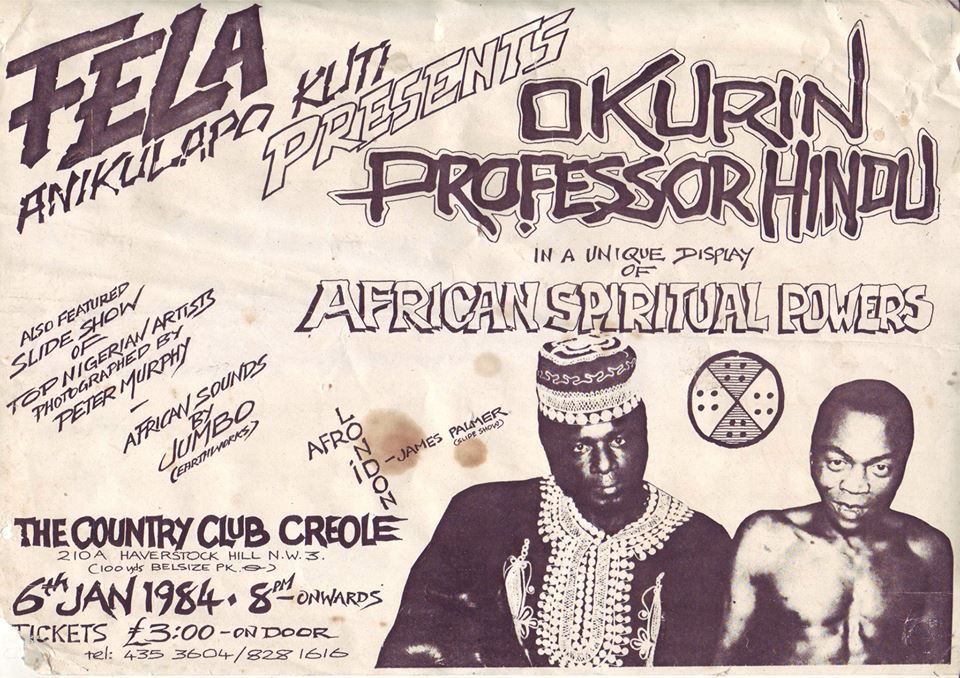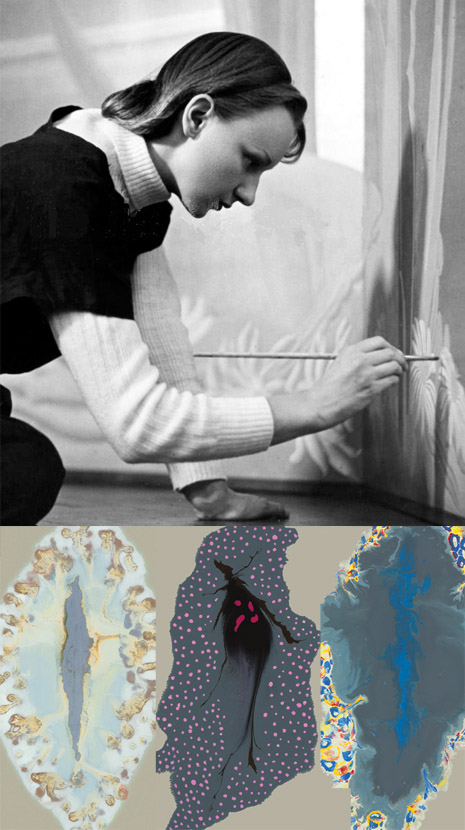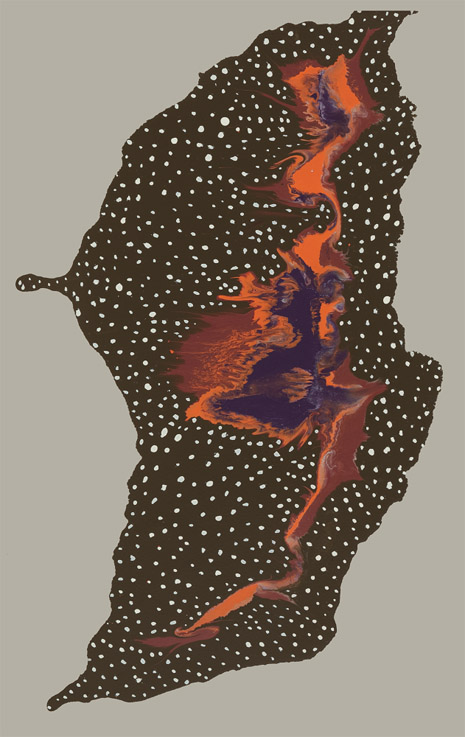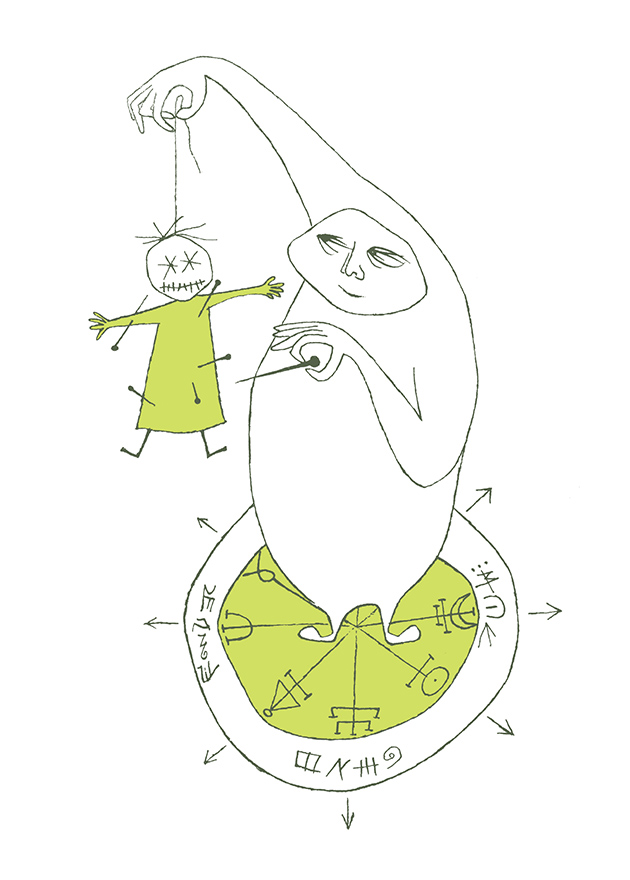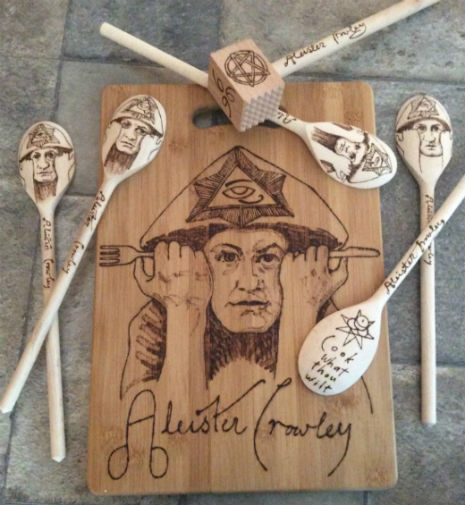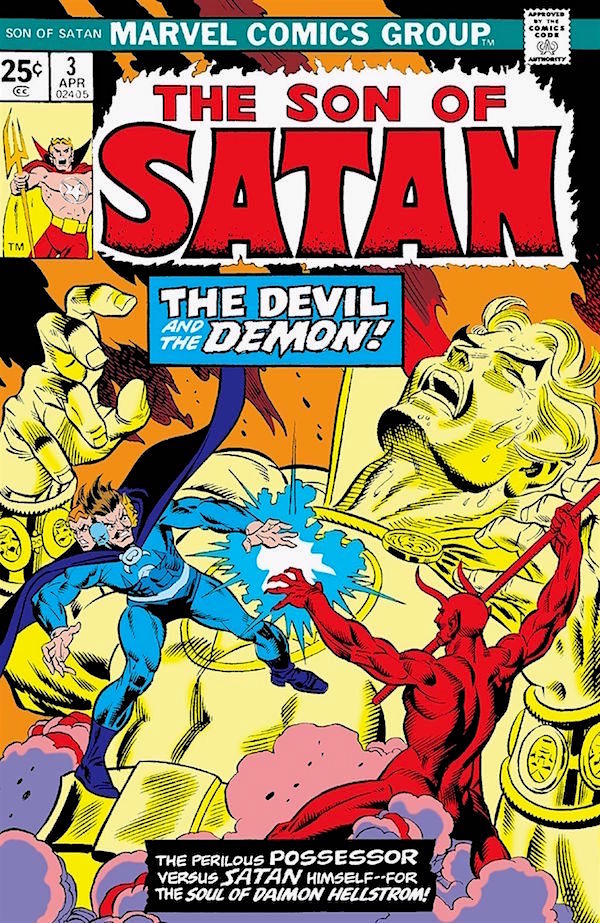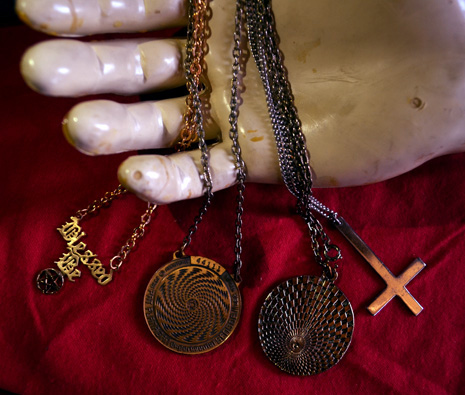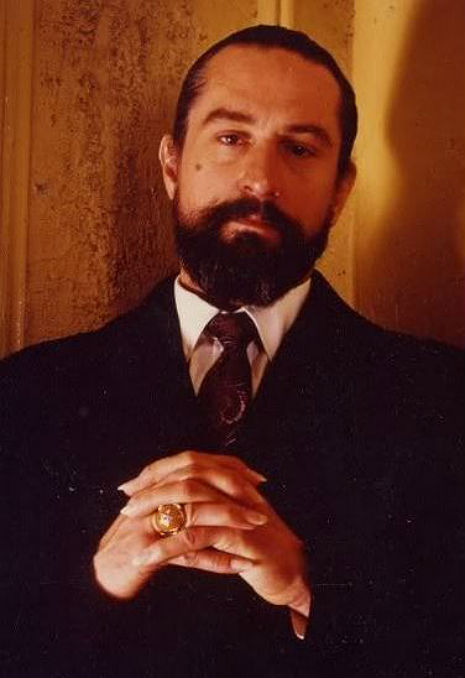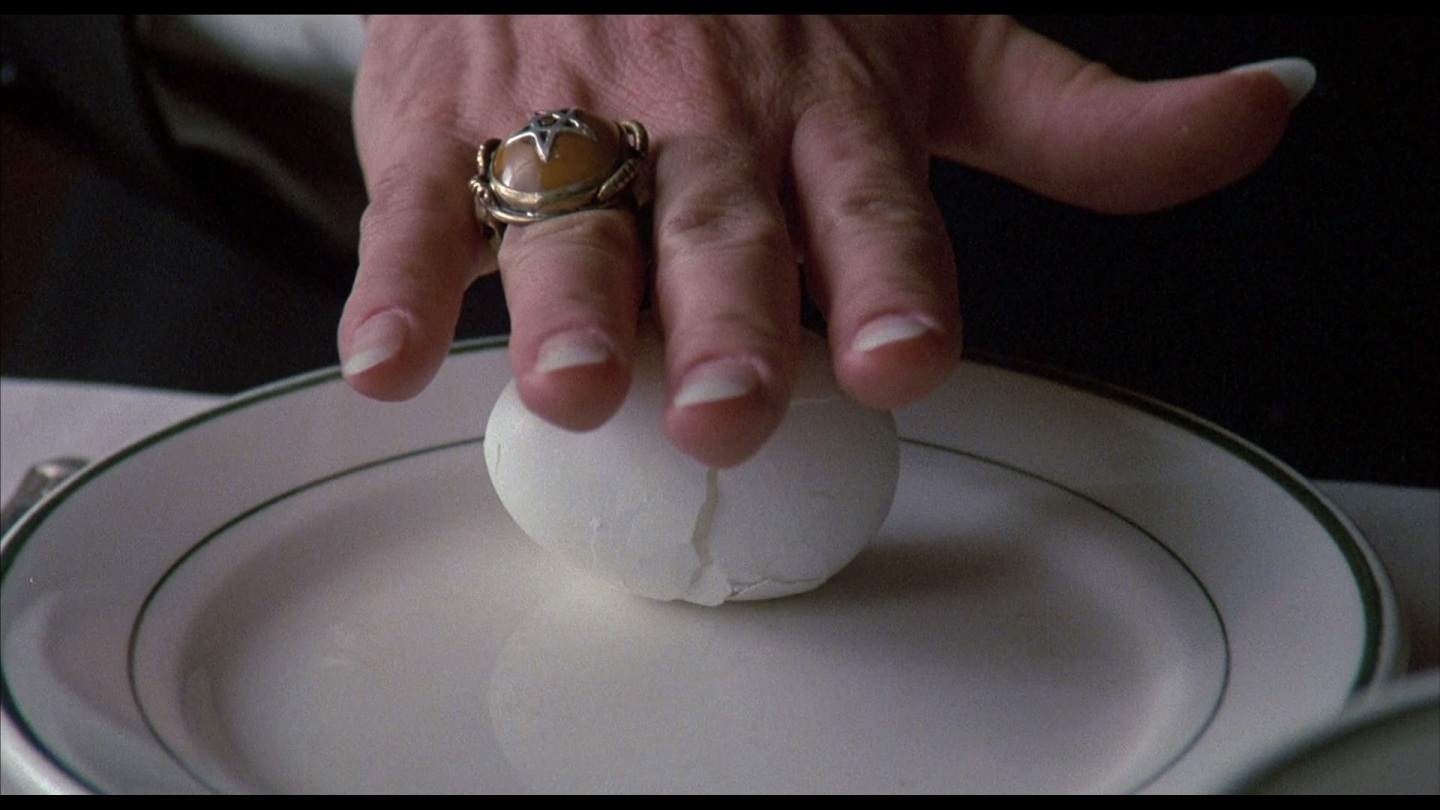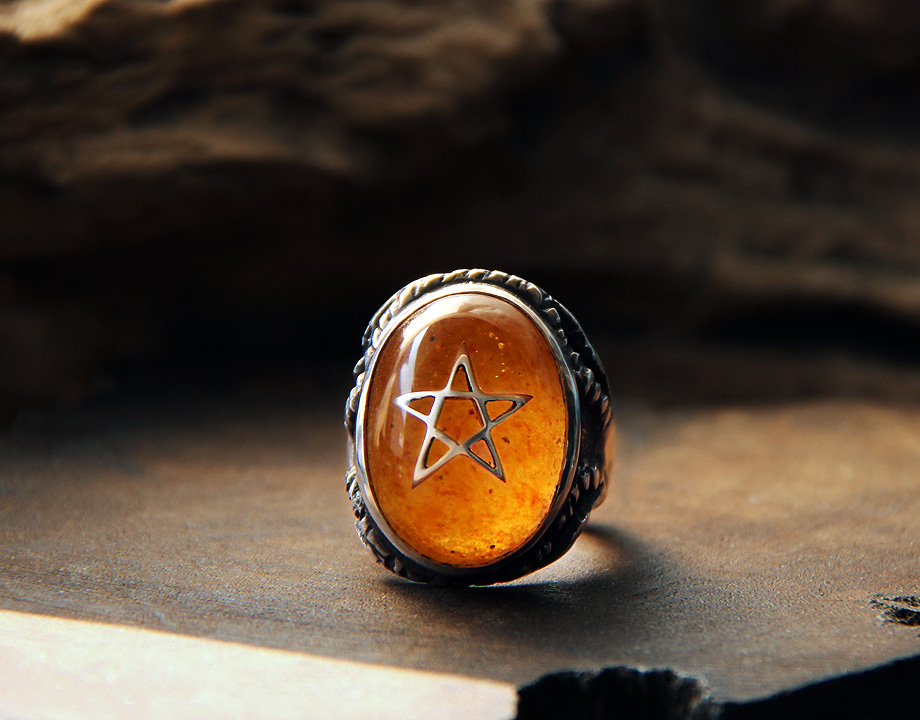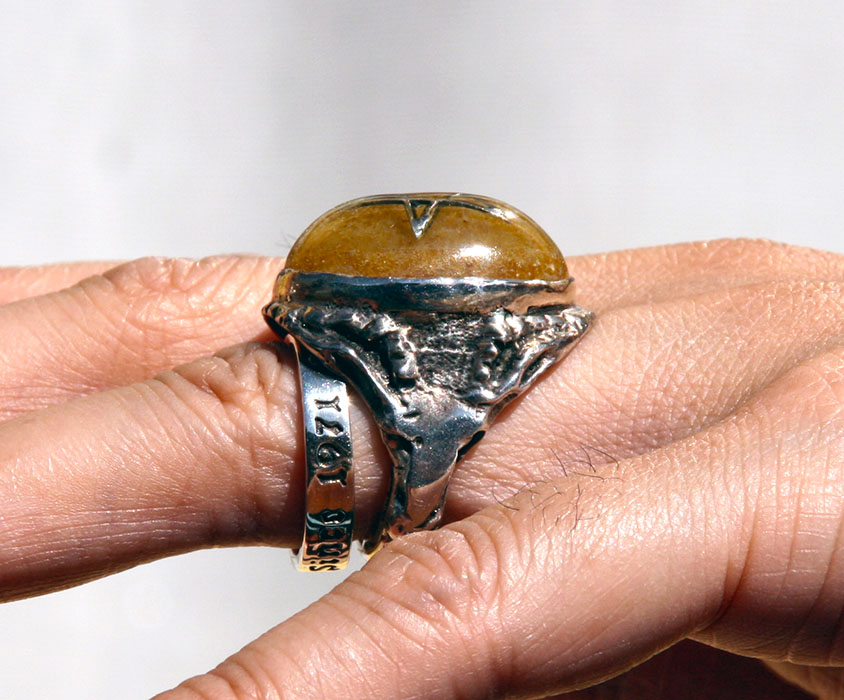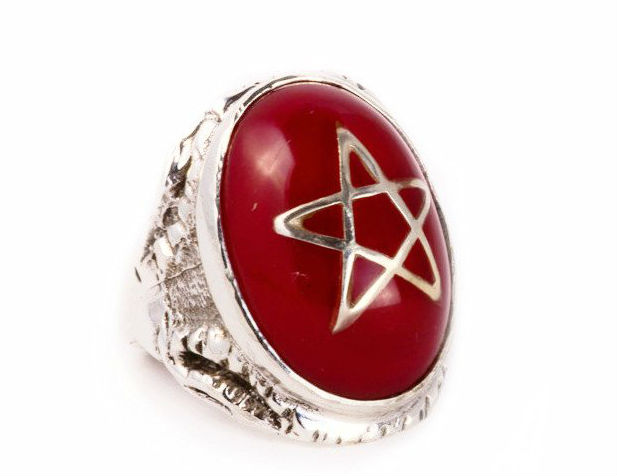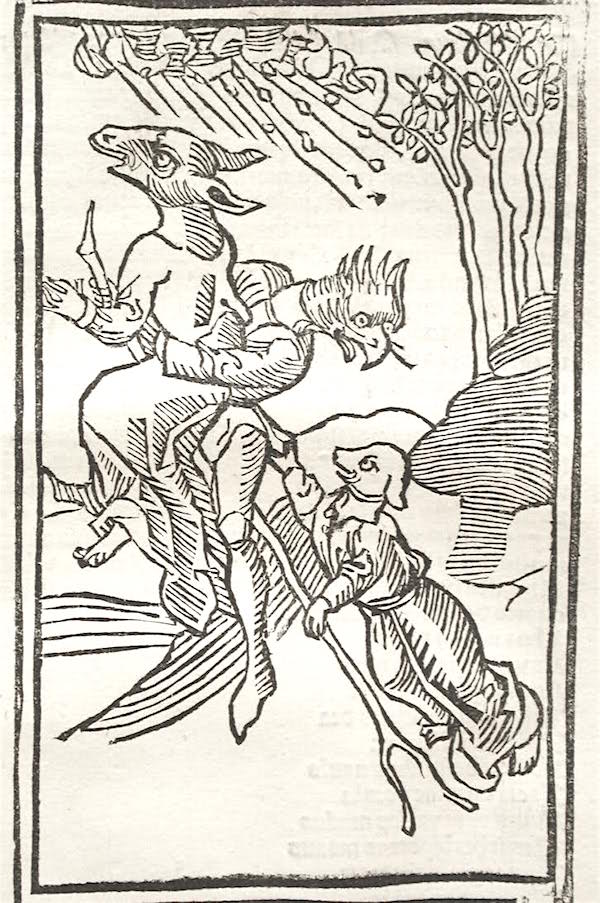
Well, here’s something you don’t see every day in real life: Witches with animal heads flying on broomsticks. Fuck. Why did all the good stuff happen before iPhones were around to capture it….? Or, is it just strange, nay fantastically unbelievable, that witches with animal heads ever flew around on broomsticks?
Now, once upon a time, long, long ago in a land not so very far from here, people actually did believe in witches and warlocks and wizards and animal hybrids flying with broomsticks through the devil-dark night. It was a form of mental aberration that infected the whole of Europe between the 15th and 17th centuries.
This dreadful fear of witches began with a couple of Dominican monks, Heinrich Kramer and Jacob Sprenger, who together wrote a barmy treatise on witchcraft called Malleus Maleficarum (Hammer of Witches) in 1486. This book reinvented witchcraft and the devil as something more than just “delusions,” as had once been believed, into something solid, active, real, and very, very dangerous. Unsurprisingly, it was a bestseller for some 200 years.
According to the Malleus Maleficarum the world was literally hoaching with witches and the only way to defeat them was by the worst kind of torture and execution. This treatise received Pope Innocent VIII’s blessing. He had already given Kramer a Papal Bull Summis desiderantes affectibus in 1484 which approved his “inquisition” into all reports and suspicions of witchcraft. This Papal Bull was included in the Malleus Maleficarum as part of the book’s preface, which meant that misogyny was not only acceptable but actively encouraged.
And so it began two centuries of terror and torture and mass stupidity.
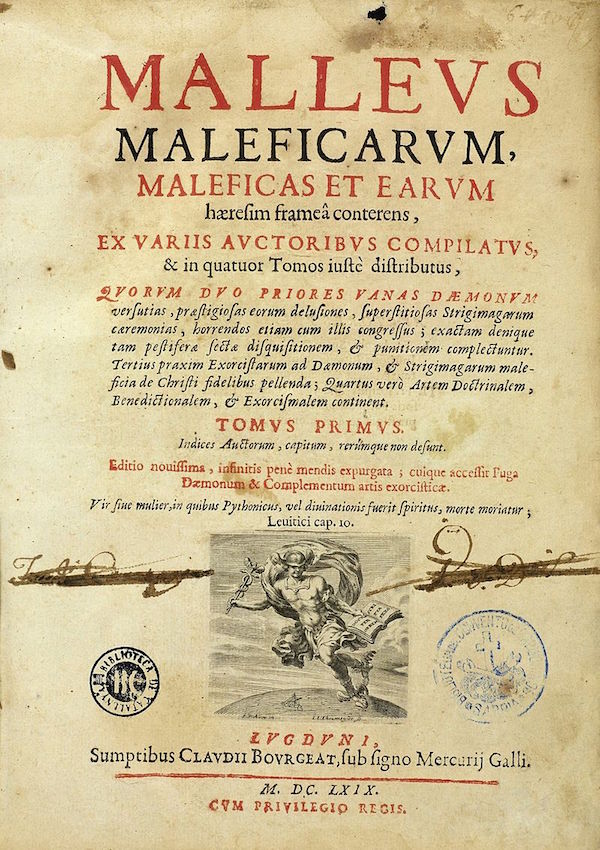
The great thing about witchcraft is that anyone could be accused of it. The accuser never had to prove the veracity of their statement. The accused always had to prove their innocence. But this usually meant forfeiting their lives. You see, innocence was often proven by use of a variation of the ducking stool—a device once used for scolds and prostitutes—whereby a woman believed to be a witch would be tied to a rope and thrown into a river or a pond. If the woman sank and drowned—then she was innocent. Hurrah! If she floated and lived, well hell, she’s a witch and must be burnt at the stake.
Usually, it never came to this, as most women ‘fessed up after hours or days of relentless torture and were then executed. Oftentimes, these women would name their accusers (or others they didn’t like) as also being witches and in league with the devil. And so it went, more and more women were questioned, tortured, and executed.
Stupidity does not discriminate—which explains why the hysteria over witchcraft was surprisingly flamed by the rise in literacy. The mass publication of pamphlets, news sheets, and books saw a great demand for stories “true” and fictional about witches and witchcraft. These stories were exceedingly popular and were spread in posters across the land like a virus. In every village and town, these reports on the occult would be read aloud wherever they were posted. The literate read the stories. The illiterate spread the tales word-of-mouth. The most potent part of these documents were the woodcuts which depicted the women (and some men) who were in league with the Devil and using witchcraft to spread his nasty ill-will throughout the land.
One of the earliest of these illustrated pamphlets was A Rehearsall both Straung and True, of Hainous and Horrible Actes Committed by Elizabeth Stile, alias Rockingham, Mother Dutten, Mother Deuell, Mother Margaret, Fower Notorious Witches first published in 1579. This booklet told the story of Elizabeth Stile, a 65-year-old widow and beggar who was accused of witchcraft and cavorting with three other witches Mother Margaret, Mother Dutten and Mother Devell, and a man called Father Rosimunde, who could (allegedly) transform himself “into the shape and likenesse of any beaste whatsoever he will.” Nice trick. Bet he never had to buy a round at the local inn.
It wasn’t just the lowly peasantry or working class who believed in such stories but the very highest members of the establishment. The first king to unify the nations of England and Scotland as King James I wrote a treatise on witchcraft Daemonologie based on his own personal involvement in the infamous North Berwick witch trials of 1590. King James believed that most women were “detestable slaves of the Devil, the Witches or enchanters” and he personally took part in the interrogation of those accused of witchcraft.
Many of these women were just dear old ladies who had lost their husbands or were destitute and had become victims to the unwelcome focus of a someone’s ire. As Jon Crabb notes on the Publlic Domain Review, it was from such poor women came the image of the “old crone” which was then promoted through books like The Wonderful Discoverie of the Witchcrafts of Margaret and Phillip Flower, Daughters of Joan Flower neere Beuer Castle (1619), A Most Certain, Strange and True Discovery of a Witch (1643) and The History of Witches and Wizards: Giving a True Account of All Their Tryals in England, Scotland, Sweedland, France, and New England (1700). It is this image of a witch as depicted in woodcuts that is still the most prevalent depiction of a witch used today.
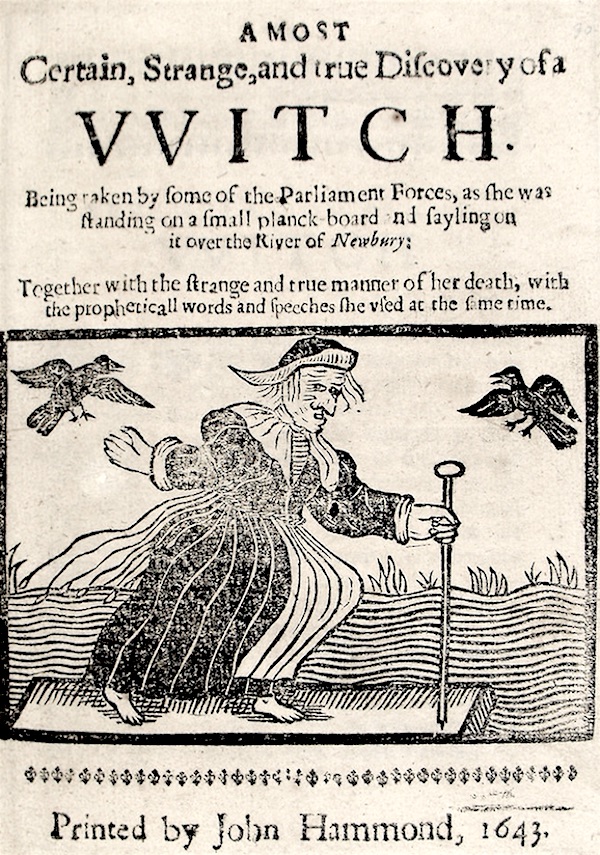
An early though hugely influential depiction of a witch from ‘A Most Certain, Strange and True Discovery of a Witch’ (1643).
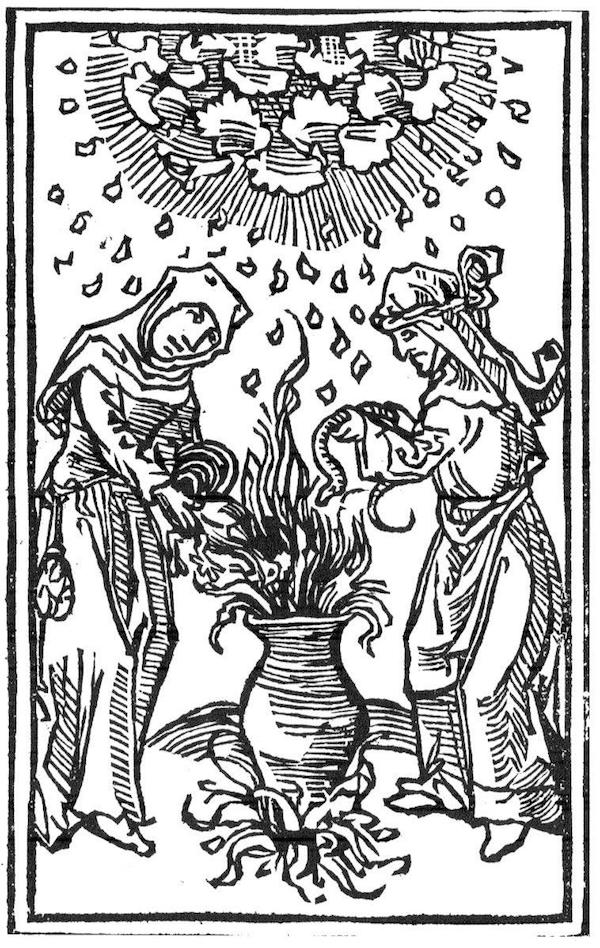
Witches cooking up trouble.
More weird and wonderful woodcuts of witches and alike, after the jump….
